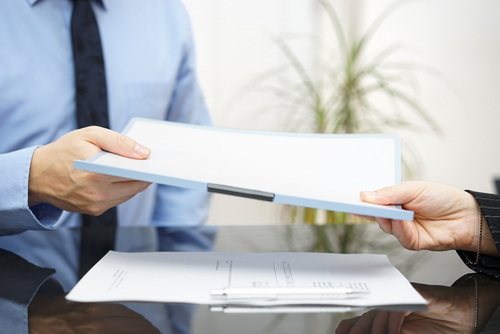Freehold vs Leasehold
Knowing the difference between the terms ‘freehold’ and ‘leasehold’ is crucial whether you’re a first-time buyer or looking to upsize or downsize. This handy guide explains the differences and explores the pros and cons of buying a property freehold vs leasehold. We also answer frequently asked questions about these options, so you can make your move informed.
What is a freehold?
Freehold means you own the property and the land it stands on outright; you don’t pay any ground rent*, service charges or admin fees. You’re responsible for the upkeep of the building, and your name will be in the Land Registry as a freeholder, owning the ‘title absolute’.
*Ground rent is a token fee paid annually to the freeholder in exchange for renting the land the property sits on.
Buying a leasehold means owning the property for a specific period but not owning the land it stands on. The landlord (or ‘freeholder’) owns them. Once the lease runs out, property ownership will revert to the landlord unless they let you extend it.
As the leaseholder, you’ll need permission from the landlord to make changes to the property. You’ll also need to pay ground rent, service charges and may be asked to pay an annual fee to a managing agent.
These are some pros and cons of buying a leasehold:
*Ground rent is a token fee paid annually to the freeholder in exchange for renting the land the property sits on.
Freehold pros and cons
Buying a freehold comes with advantages and disadvantages. Some of these include the following:
|
Freehold pros |
Freehold cons |
| Full ownership of the house and land. | Usually more expensive. |
| No pay ground rent, admin fees or service charges. | It can be challenging to find freehold flats. |
| Freedom to do what you want to your home. | Responsibility for the upkeep of the building. |
| No concerns about the lease running out. |
What is a share of freehold?
A share of freehold means owning the property leasehold plus a percentage (or ‘share’) of the freehold for the building. This gives you greater control over your home and service charges but may also mean more admin fees for maintaining the property (e.g. building insurance).
What is a leasehold?
Buying a leasehold means owning the property for a specific period but not owning the land it stands on. The landlord (or ‘freeholder’) owns them. Once the lease runs out, property ownership will revert to the landlord unless they let you extend it.As the leaseholder, you’ll need permission from the landlord to make changes to the property. You’ll also need to pay ground rent, service charges and may be asked to pay an annual fee to a managing agent.
Leasehold pros and cons
These are some pros and cons of buying a leasehold:| Leasehold pros | Leasehold cons |
| Usually cheaper than freehold. | Shared ownership of the property and land. |
| No costs for maintenance or repairs. | Ground rent and service charges are paid on top of your mortgage. |
| No responsibility for maintaining communal areas. | Written permission is needed to make changes to your home. |
| No responsibility for paying building insurance. | Written permission is needed to keep pets or run your business. |
| Potential difficulty selling a leasehold with a shorter lease. |
Leasehold FAQs
-
Ideally, a leasehold should have at least 80 years left. Anything below this could affect its value, making selling or getting a mortgage more difficult. Generally, the longer your lease period, the better.
-
You should have a copy of your lease if you bought a leasehold, outlining how many years are left. If you can’t retrieve the document, ask your freeholder or solicitor, though the former may charge a small fee. Another option is downloading your title register from the Land Registry (for a cost of £3).
-
Yes. You can request an extension if you’ve owned the leasehold for two years. You can ask your freehold to extend the lease by up to 90 years if you’re a qualifying tenant*. The freeholder will charge a fee depending on the property type.
*You’re a qualifying tenant if your original lease was for more than 21 years.
Browse our new build homes and flats around London – energy-efficient, stylish and sustainable. Explore the benefits of buying new and take advantage of unique home buying offers.
Become a homeowner with Barratt London today.



